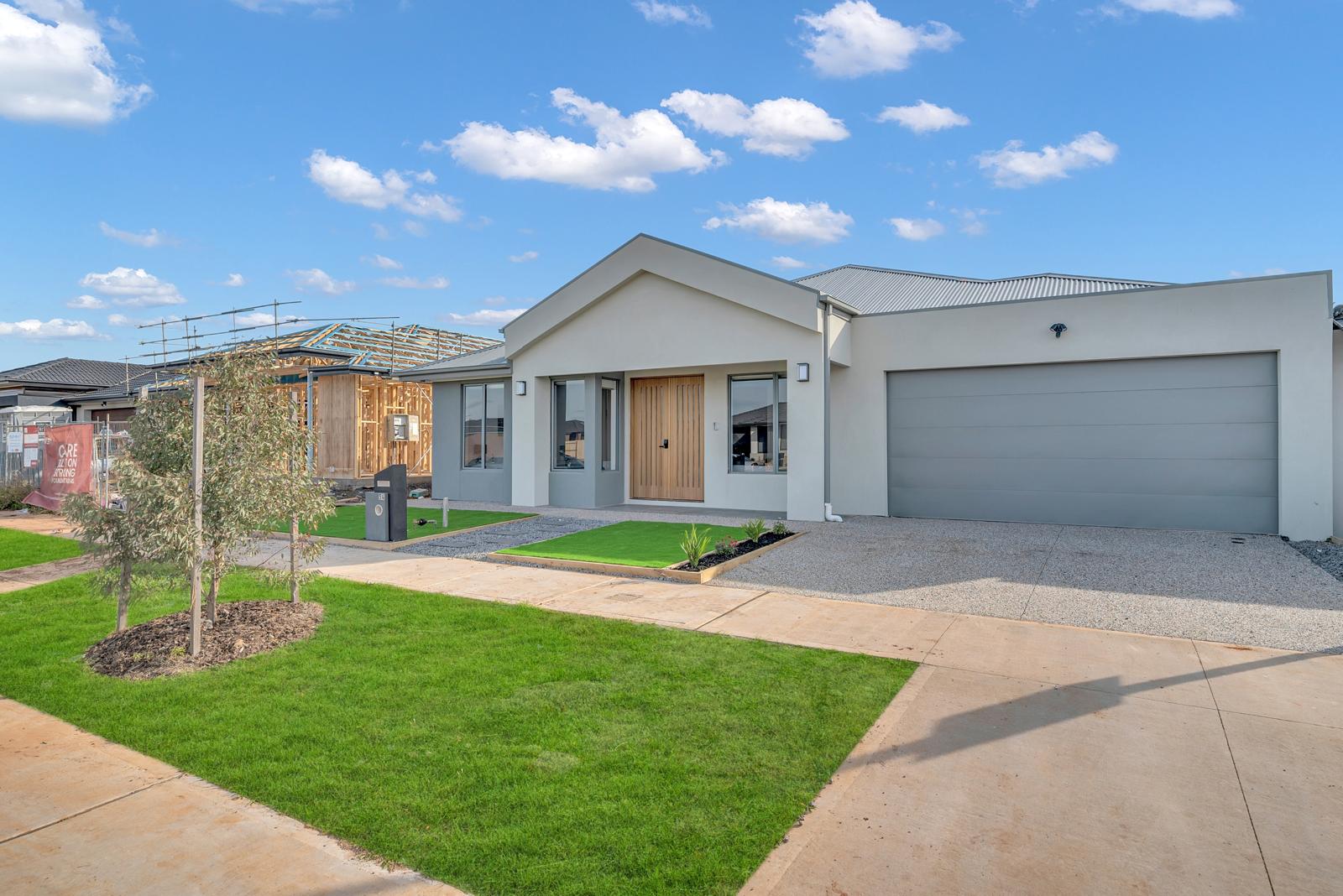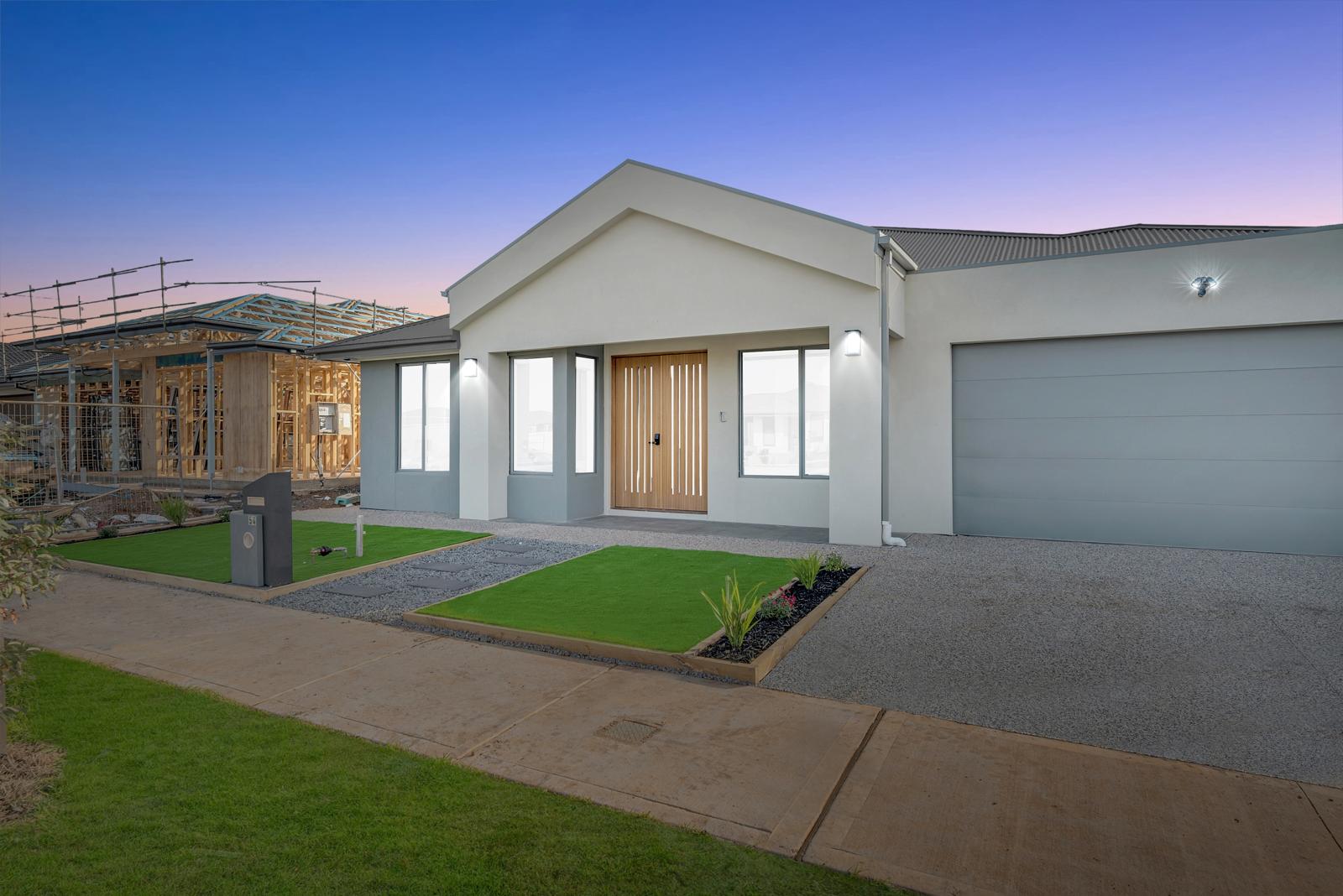Interior & Exterior Finishing
Interior and exterior finishing refers to the final stages of construction where the building’s surfaces are completed and detailed. These finishes have both aesthetic and functional purposes, enhancing the appearance, durability, and usability of the space. They are key to transforming a raw structure into a fully livable or usable environment.
Interior Finishing
Interior finishes are all about the final touches that make an interior space functional, comfortable, and visually appealing. These finishes include the walls, floors, ceilings, cabinetry, trim, and more. Here’s a breakdown of the key elements:
1. Walls
- Drywall (Sheetrock): This is the most common material used for wall surfaces. It’s finished with joint compound, sanded smooth, and then painted or wallpapered.
- Plaster: While less common in modern homes, plaster is still used in older homes or in custom builds. It provides a smooth, durable surface.
- Paneling: Wood, vinyl, or other types of paneling may be used for walls, especially in specific design styles like rustic or contemporary.
- Tile: In bathrooms or kitchens, tiles (ceramic, porcelain, etc.) are commonly used for walls, particularly in areas that need to be waterproof, like around showers and backsplashes.
2. Floors
- Hardwood: Hardwood floors are a popular interior finish due to their durability, warmth, and aesthetic appeal. They can be refinished over time to maintain their beauty.
- Carpet: Provides comfort and sound absorption. It’s commonly used in bedrooms and living areas.
- Tile: Ceramic, porcelain, and stone tiles are common in areas like bathrooms, kitchens, and entryways due to their water resistance and durability.
- Vinyl and Laminate: These materials offer a cost-effective and durable alternative to hardwood or tile. They come in a variety of styles, including options that mimic wood or stone.
3. Ceilings
- Drywall: Most homes use drywall for the ceiling, which is then painted or finished in various ways (flat, textured, or with design elements).
- Suspended (Drop) Ceilings: Common in commercial settings or basements, where tiles or panels are suspended from a metal grid system.
- Wood or Beamed Ceilings: Often used in high-end or rustic designs, wooden beams or planks are used to create dramatic, rustic, or contemporary looks.
4. Trim and Molding
- Baseboards: These are the finishing trim that runs along the bottom of walls, covering the joint between the wall and floor.
- Crown Molding: Decorative trim that runs along the top of walls where they meet the ceiling.
- Door and Window Casings: Molding around doors and windows adds visual appeal and helps transition between the wall and the frame.
- Chair Rail: A decorative molding applied horizontally around a room at chair height, often used for design or to protect walls from damage.


5. Cabinets and Fixtures
- Kitchen and Bathroom Cabinets: Custom or pre-built cabinetry provides storage and plays a huge role in the aesthetics of the space. Materials may include wood, laminate, or metal.
- Countertops: Popular materials include granite, quartz, marble, and laminate, each offering different aesthetics and durability.
- Lighting Fixtures: The selection of light fixtures like chandeliers, pendant lights, and recessed lighting impacts both the function and design of a space.
6. Paint and Wall Treatments
- Paint: Interior paint is the most common way to finish walls, providing color, texture, and protection.
- Wallpaper: Used for accent walls or entire rooms, wallpaper can add unique textures, patterns, or designs.
- Wall Paneling or Wainscoting: Wood or other materials used on lower portions of the wall for decoration and protection.
Exterior Finishing
Exterior finishes are the final touch for a building’s outer appearance. These finishes not only contribute to the aesthetics of the structure but also protect it from the elements. Here’s an overview of the common exterior finishes:
1. Siding
- Vinyl Siding: One of the most common and cost-effective exterior finishes. It’s durable, requires little maintenance, and is available in a wide range of colors.
- Wood Siding: Adds a natural, rustic look. It can be painted or stained, though it requires regular maintenance to prevent weathering and rot.
- Fiber Cement Siding: Durable, low-maintenance, and available in many styles, including those that resemble wood, stone, or brick.
- Stucco: A popular finish in Mediterranean and southwestern architecture. Stucco is durable, weather-resistant, and can provide a textured finish to exterior walls.
- Brick and Stone Veneer: These materials give a traditional and elegant look. They are typically more expensive but provide a timeless and durable finish.
- Metal Siding: Often used in modern or industrial designs, metal siding offers durability and sleek, contemporary aesthetics.
2. Roofing
- Asphalt Shingles: The most common roofing material for residential homes, offering a balance of affordability, durability, and a range of colors.
- Metal Roofing: Known for its long lifespan and durability, metal roofing is becoming increasingly popular for both residential and commercial buildings.
- Tile Roofing: Common in Mediterranean, Spanish, or mission-style homes, clay or concrete tiles are durable and provide a distinctive aesthetic.
- Slate or Wood Shingles: Both offer long-lasting and premium options, but they come at a higher price point.
3. Windows and Doors
- Windows: The choice of window framing material (wood, vinyl, aluminum, fiberglass) affects both the look and energy efficiency of the home. Windows can also be designed with different types of glass (e.g., double-glazing) for insulation and security.
- Front Doors: The front door is often a key feature of exterior design, available in materials like wood, fiberglass, and steel. Decorative hardware and glass inserts can be used to enhance the look.
- Garage Doors: The style and material of garage doors (e.g., wood, steel, aluminum) can complement the overall aesthetic of the home.
4. Painting and Finishes
- Exterior Paint: Exterior paint protects the building from the elements and provides a fresh, uniform color to the structure. High-quality exterior paint is essential for durability.
- Wood Stains: For wood siding or trim, stains can enhance the natural grain of the wood while providing some weather resistance.
- Protective Coatings: Some materials, like metal or concrete, may require protective coatings to prevent rust or wear from the elements.
5. Landscaping and Hardscaping
Driveways and Pathways: Concrete, asphalt, pavers, or gravel are used to create functional and visually appealing driveways and walkways.
Patios and Decks: Outdoor living spaces like patios and decks (often made from wood, composite materials, or stone) are considered part of exterior finishing.
Landscaping: Planting trees, shrubs, and grass, along with installing irrigation systems, lighting, and fences, all contribute to the exterior finishing of a property.
